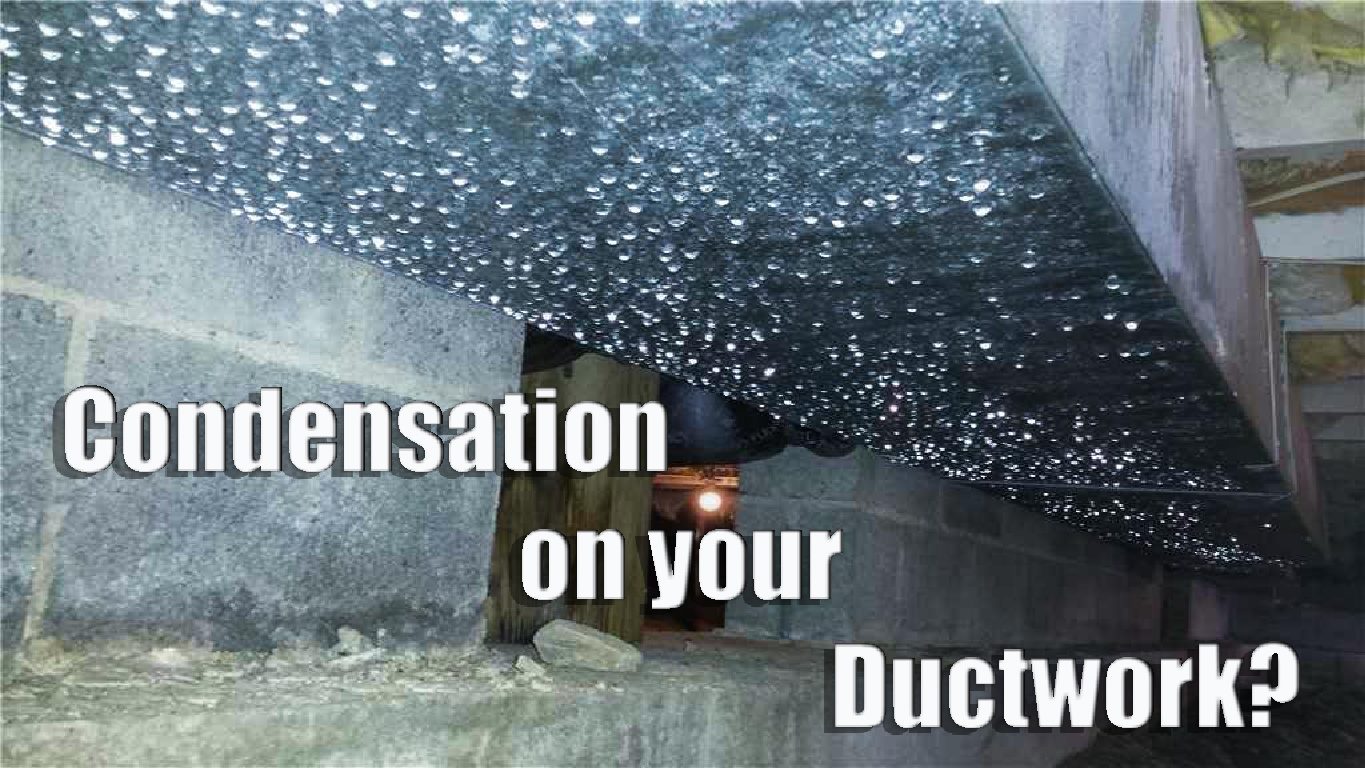So if you see unusual water staining on any of the ceilings in your home and the roofer has eliminated roof leaks it is likely coming from some fault with the duct system in your home.
Ductwork in attic condensate.
Ductwork located in an attic must be hung properly so that the insulation can do its job.
There are two main ways to solve this problem.
When ductwork is touching it forms a very cold spot where they are touching thus condensation begins.
As the humidity level rises outdoors condensation will gradually begin to form on the surface of your air conditioning ducts.
I called out the original hvac company and they took a look and said they saw no water.
No the radiant barrier will not solve the condensation issue.
Over time condensation dripping from your ductwork onto attic insulation can cause it to compress which lowers its r value.
Note that minimal condensation in air ducts is normal.
Dripping condensation may also lead to a ceiling leak which not only looks bad but also rots drywall and can cause your ceiling to collapse over time.
If the attic is foam sealed with no leakage to the outside that would work.
Condensation on air ducts can be a serious problem.
The moisture develops in areas of the home that are typically not cooled but that have ducts in them such as attics and basements.
It can also feed mold growth and cause ceiling joists to rot and sheetrock to disintegrate leading to unhealthy air quality in your home and the need for costly structural repairs.
Recently i had another hvac company come out and put in a new bathroom vent and they told me they believed the duct work was full of water.
The air in your vented attic is hot and humid just like all outdoor air in florida.
If you see a tiny amount of dew outside of the ducts it only means that the air is warm and that your ac is on.
Let s say your ductwork is in your attic.
It was new when the ac was put in 7 years ago.
First water dripping off of your ducts and onto your insulation can cause the insulation to compress which decreases it s r value or ability to insulate.
Condensation will begin to drip onto your attic insulation making it less effective at regulating temperatures inside your home.
When the hot humid attic air contacts the cold duct or the cold duct boot the moisture in the air condenses on the cold surface just like the condensation that happens on a cold can of beer.
It s a natural process and similar to the way a chilled soda begins to sweat once you take it out of the refrigerator on a hot day.
If you want to go down a rabbit hole and really dive deep into ducts and duct sealing give a click here.
The colder the air is inside the duct the greater the chance of ductwork sweating.
When water condenses and drips into your attic or home it can cause a some serious secondary problems.
But at a premium cost.
Condensation that forms on the outside of air conditioning ductwork is a common problem in many homes.
Condensation droplets sometimes form on metal ductwork.
Without seeing your duct attic situation one can only speculate but ducts touching each other lying on or in insulation in our climate.





























